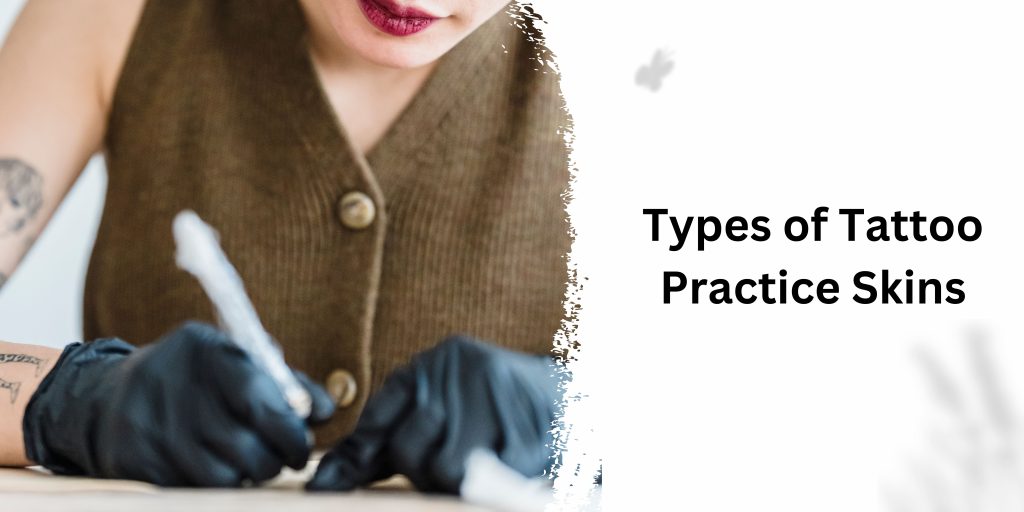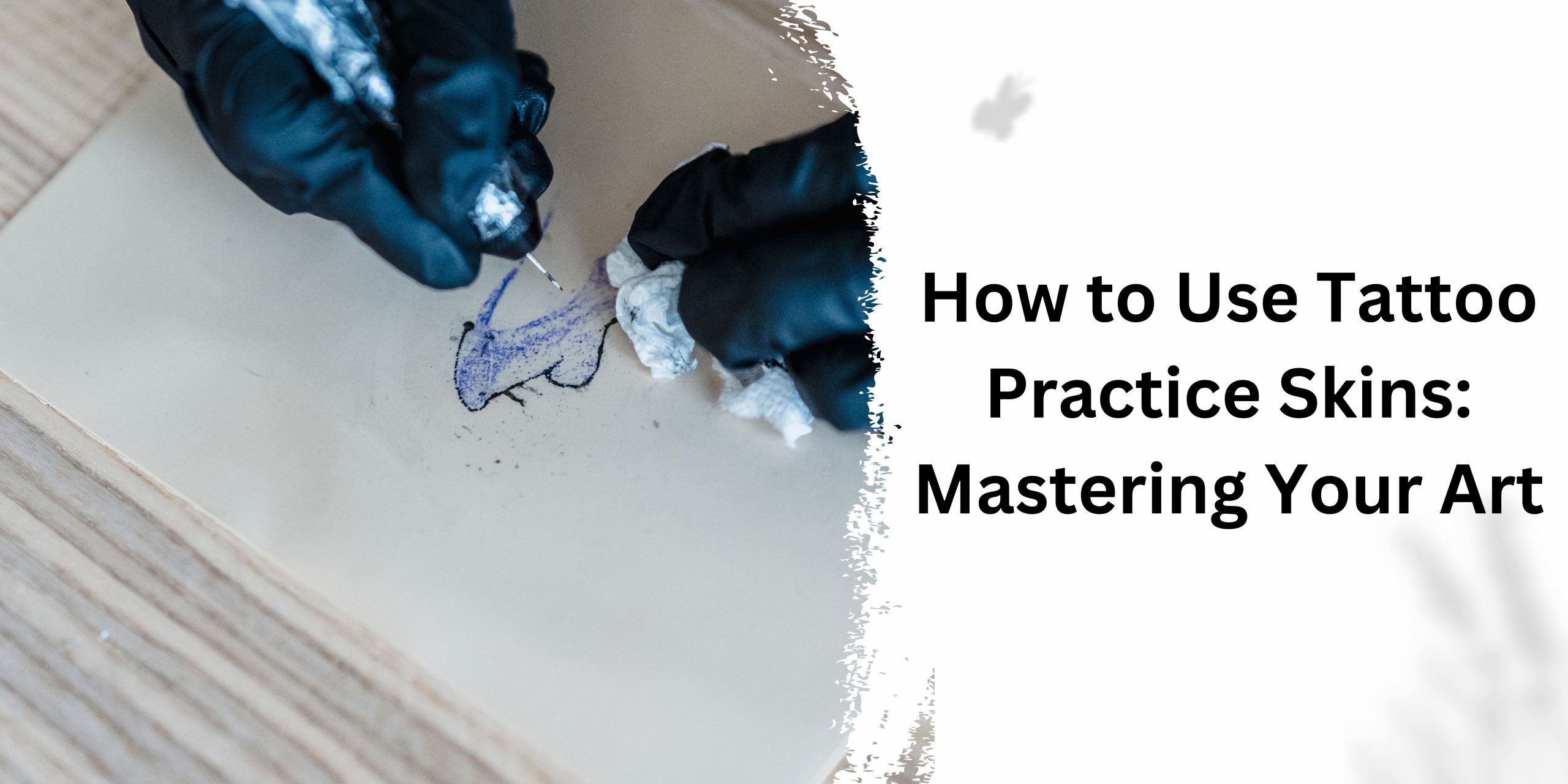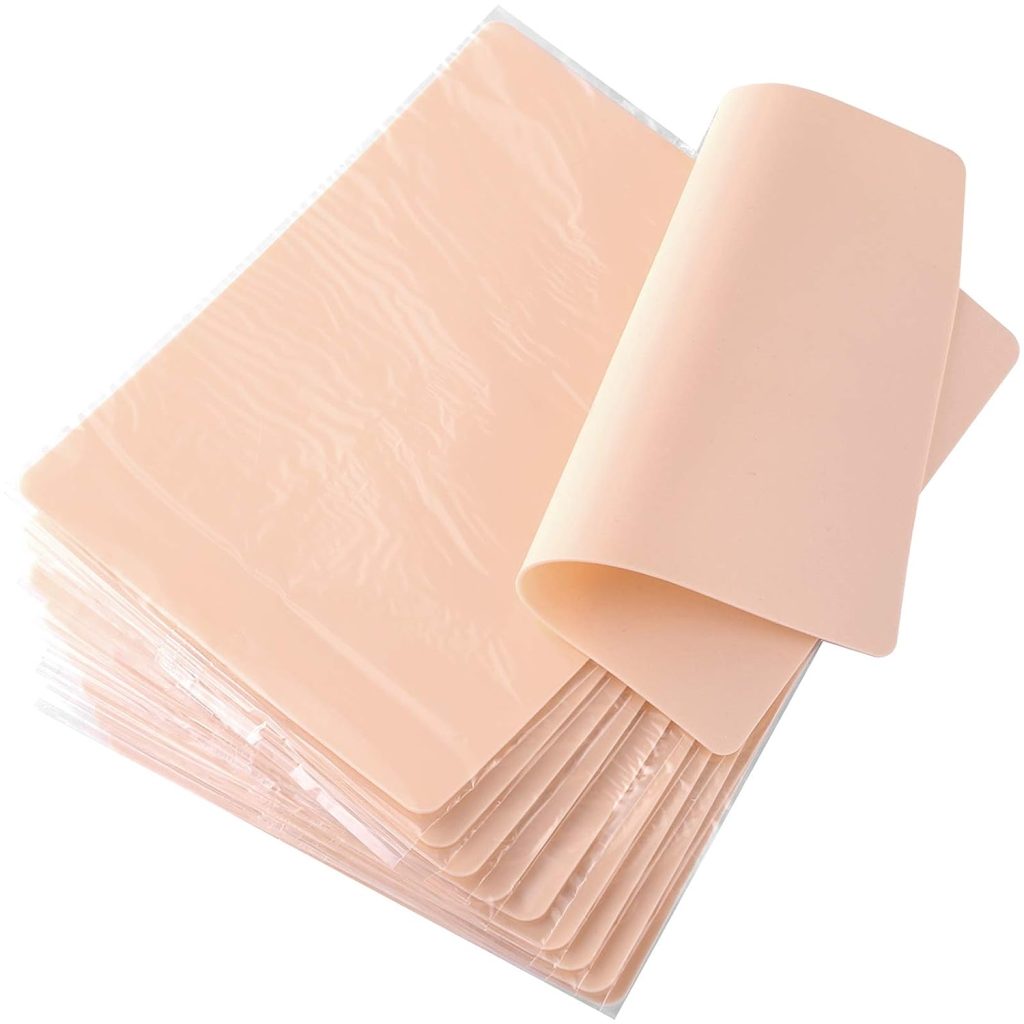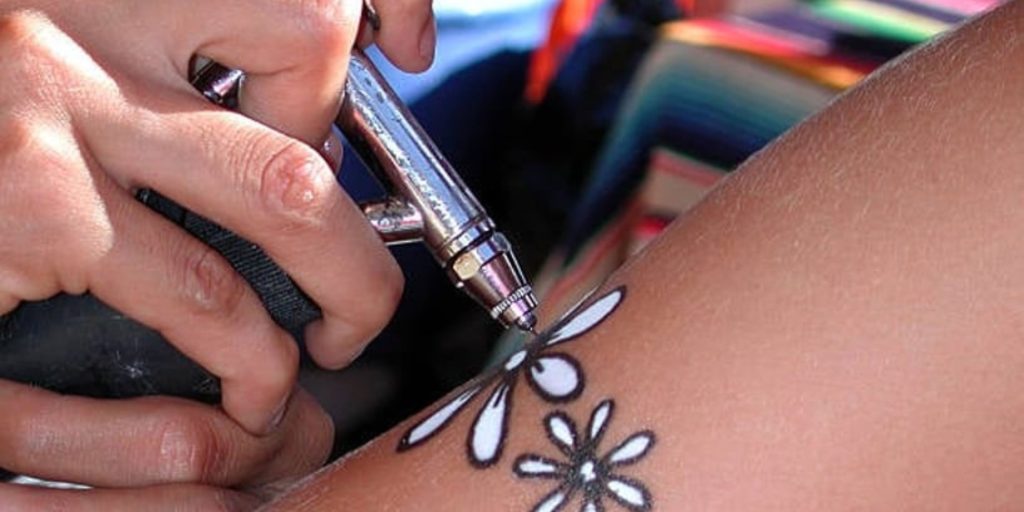Tattooing is a mesmerizing form of art that demands precision, creativity, and skill. Whether you’re a novice or an experienced tattoo artist, utilizing tattoo practice skins can be a game-changer in enhancing your craft. In this comprehensive guide, we will delve into the world of tattoo practice skins, exploring their significance, usage techniques, and tips to harness their full potential.
Why Tattoo Practice Skins Matter
Tattoo practice skins serve as the quintessential canvas for aspiring tattoo artists. They provide a risk-free environment to experiment, refine techniques, and overcome challenges before venturing into real human skin. By using practice skins, you’re not only avoiding potential mistakes on clients but also nurturing your confidence and proficiency.
Exploring Types of Tattoo Practice Skins
There’s a diverse range of tattoo practice skins available, each with its unique features. Synthetic skins, silicone practice skins, pig skin, and paper practice skins are among the popular options. Choosing the right practice skin depends on your preferences and the skills you intend to develop. Synthetic skins offer a realistic texture, while pig skin simulates human skin more closely. Consider the pros and cons of each type before making your selection.

Getting Started with Tattoo Practice
Before you embark on your practice journey, ensure you’re equipped with the necessary tools. Establish a clean and sterile workspace that mirrors a professional setting. Select a practice skin that aligns with your skill level and objectives. Setting the right foundation is crucial to effectively utilizing tattoo practice skins.
Read more: How to dispose of tattoo needle
Editor Choice
Blank Tattoo Practice Skin
Understanding Skin Texture and Contours
Mimicking the feel of human skin is pivotal for realistic tattooing. Practice skins offer a platform to acquaint yourself with various surface areas and contours. Experiment with different pressure levels to master the art of adapting to distinct body parts. This practice instils the confidence needed to create flawless tattoos that harmonize with the body’s natural curves.
Selecting the Perfect Needles and Ink
The needles and ink you employ significantly impact your tattooing results. Opt for needles that cater to your desired technique, considering liners and shaders of varying sizes. Similarly, choose ink formulated for practice skins to ensure consistent outcomes. Testing ink consistency and colour saturation on the practice skin provides a preview of how your design will materialize.
Mastering Basic Tattoo Techniques
Tattoo practice skins are your training ground for fundamental techniques: outlining, shading, and colouring. When outlining, focus on developing steady hand movements. Shading requires a keen understanding of ink distribution and blending while colouring demands precision and colour saturation. Dedicate time to each technique to build a well-rounded skill set.
Needle Techniques and Angles
Different needle configurations yield diverse effects. Experiment with needle angles to grasp the nuances of line thickness and shading intensity. Develop mastery in techniques such as lining, whip shading, and stippling. These skills empower you to create tattoos with varying depths, textures, and visual impact.
Navigating Different Needle Sizes
The size of your needle influences the intricacy and depth of your tattoo. Use different needle groupings to achieve the desired effect. Try various needle combinations on the practice skin to comprehend their effects on your design. This exploration contributes to your versatility as an artist.
Perfecting Design and Placement Skills
Translating your artistic vision onto the skin requires precise design and placement skills. Transfer designs accurately onto practice skins and experiment with positioning. Achieving symmetry, proportion, and alignment are challenges you can conquer through consistent practice.
Simulating Realistic Skin Stretching
Stretching the skin while tattooing is essential for smooth and even ink distribution. Practice skins enable you to simulate skin stretching techniques, allowing you to create flawless lines and gradients. This skill is instrumental in producing tattoos that appear natural on the body.
Managing Ink Spills and Mistakes
In the realm of tattooing, mistakes are inevitable. Quick responses to ink spills on the practice skin develop your reflexes for real scenarios. Practising recovery from mistakes equips you with the composure needed to address errors gracefully. Explore strategies to camouflage or correct mistakes, minimizing their impact.
Boosting Confidence and Speed
As your proficiency grows, focus on increasing your tattooing pace. Striking a balance between speed and precision is essential. This equilibrium comes through consistent practice on tattoo practice skins. Keep track of your progress to witness your growth firsthand.
Aftercare Practice and Tips
Tattoo aftercare is as crucial as the tattooing process itself. Demonstrate proper aftercare techniques on the practice skin to educate your clients effectively. By emphasizing the significance of aftercare, you’re ensuring the longevity and vibrancy of your artwork.
Conclusion
Tattoo practice skins are your trusted companions in the journey of mastering tattoo artistry. With dedication, patience, and continuous practice, you can harness the full potential of these skins to refine your skills, correct mistakes, and boost your confidence. Remember, the practice you invest in today will shape the artist you become tomorrow. So, grab your practice skin and embark on a path of artistic growth and excellence.








